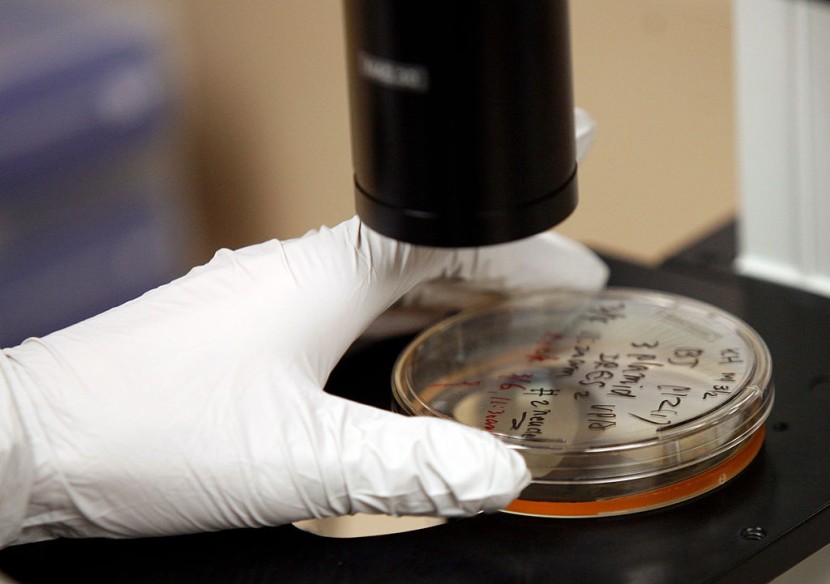
Scientists have successfully grown an entity that closely resembles a human embryo without the use of eggs, sperm, or a womb.
The team from the Weizmann Institute said that their human "embryo model" was made using only stem cells but still looks like a standard example of a real 14-day-old embryo. The scientists added that their model even released hormones that turned a pregnancy test positive in the lab.
Human Embryo Model
Creating an embryo model aims to provide an ethical way of understanding the earliest moments of humans' lives. The first weeks after a sperm successfully fertilizes an egg is a dramatic change. It includes a collection of indistinct cells to something that will later become recognizable on a baby scan.
This particular time is a major source of miscarriage and birth defects but is generally poorly understood. In a statement, Weizmann Institute of Science's Prof. Jacob Hanna said that it is a black box and argued that that statement is not a cliche because knowledge in that subject is very limited right now, as per BBC.
Research into embryos is legally, ethically, and technically fraught, but with the rapid advancements within the field, there is a way to mimic natural embryo development. The Israeli team in charge of the research, published in the journal Nature, described it as the first "complete" embryo model for mimicking all the key structures that emerge in the early human embryo.
Hanna added that the model they created is something no other scientists have ever done. The starting material that the researchers used was naive stem cells instead of a sperm and an egg. These were then programmed to gain the potential to become any tissue in the human body.
The team later used chemicals to coax the stem cells into becoming four types of cells found in the earliest stages of the human embryo. These include epiblast, trophoblast, hypoblast, and extraembryonic mesoderm cells.
Understanding Early Stages of Embryo Development
Scientists said that their human embryo model has all of the structures and compartments characteristic of this stage. These include the placenta, yolk sac, chorionic sac, and other external tissues, according to NDTV.
The team mixed 120 of the four cell types in a precise ratio and then waited for the experiment's results. They said roughly 1% of the cells self-assembled into a structure, but these did not resemble human embryos.
While similar, the embryo models that the scientists created are not exact replicas of human embryos. Dr. Peter Rugg-Gunn of the Babraham Institute near Cambridge, United Kingdom, said that the trophoblast, while present, was not properly organized.
He added that the new embryo model would not be able to develop if it was transferred into a human womb. Rugg-Gunn argued that this problem results from the model bypassing the stage needed to attach itself to the womb lining, said the New York Post.








